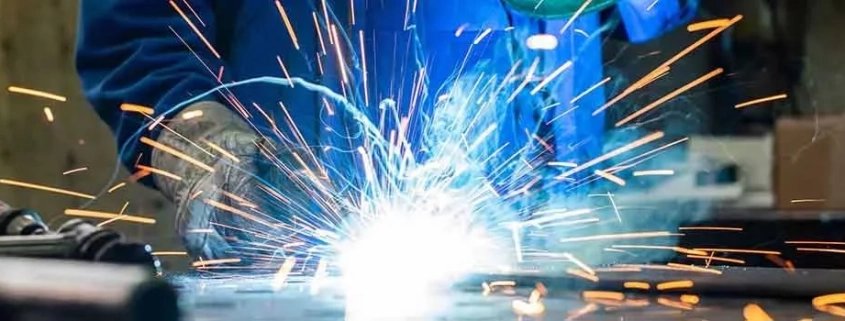GTC Industrial Welding Respiratory Protection
Regardless of the fumes generated during welding, they have been classified as carcinogenic substances by IARC (International Agency for Research on Cancer) since 1990.
Dangerousness of welding fumes
The metal being welded is never completely cleaned, the fumes produced during welding are dangerous and stored. The presence of oils, dyes or some thin oils produces highly carcinogenic products such as formalin or polycyclic aromatic hydrocarbons (or polyaromatic hydrocarbons).
These fumes appear in two stages. First, the weather. decomposition (emission of CO, CO2, ozone, nitrogen vapors, etc.) is the resulting gas phase . Secondly, it is made of welded metals. respirable fumes and dust but also caused by the electrode in the form of aluminum or chrome is the particle phase.
Protection against welding fumes
To protect against these carcinogenic factors, there are three different respiratory protection methods depending on the nature of the welding activity:
Source gas masks : Lightweight and ergonomic, highly effective filtering respiratory protection for occasional or short-term work They offer . They are positive pressure devices, meaning the user exerts respiratory effort.
Powered air-supported breathing apparatus for welders : With positive pressure systems that inject breathable air into the headgear They are ideal for long-term work . However, the use of these units requires an oxygen concentration rate higher than 19.5%.
Stand-alone devices for welders : used primarily for working in closed spaces (sinks, holes, pits, crawl spaces, pipes, tanks, sewers…) where the atmosphere is unbreathable (when the oxygen concentration rate is below 19.5%). They are divided into two categories: self-contained breathing apparatus And airway devices . The first category is ideal for short-term jobs, and the second category is ideal for long-term or tiring jobs.



